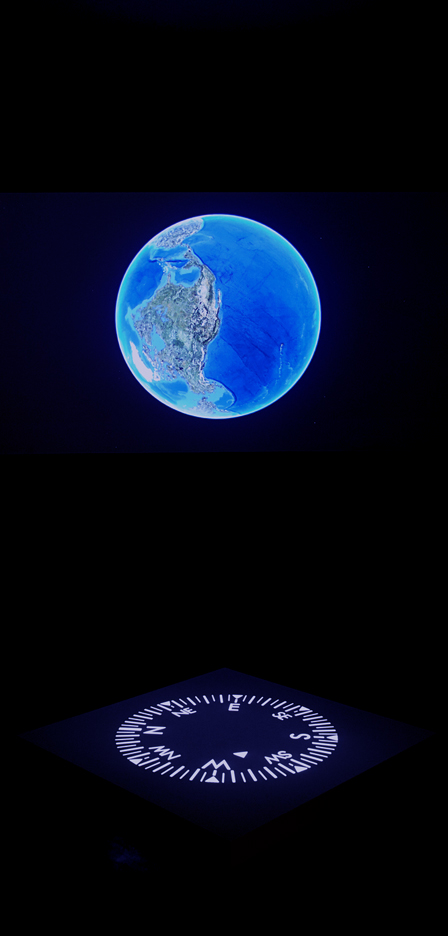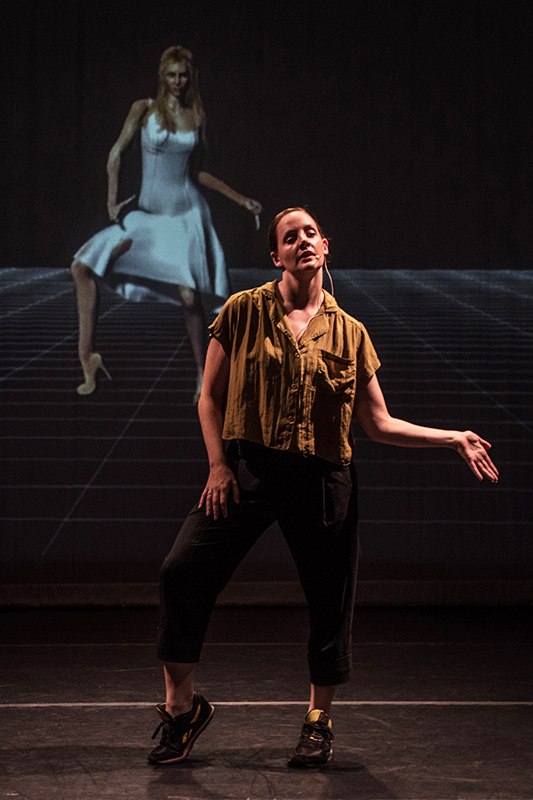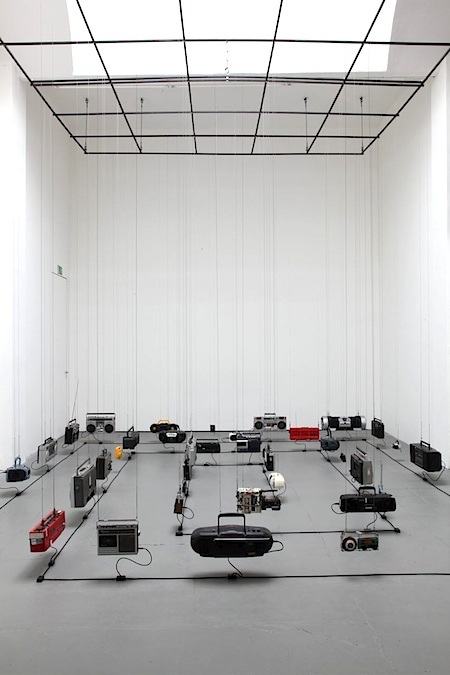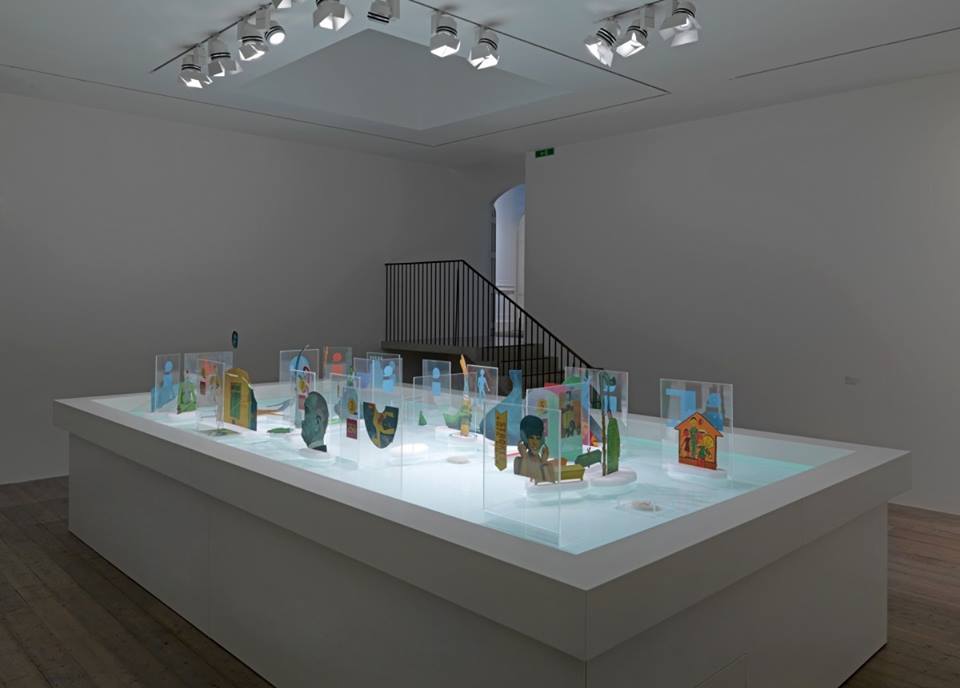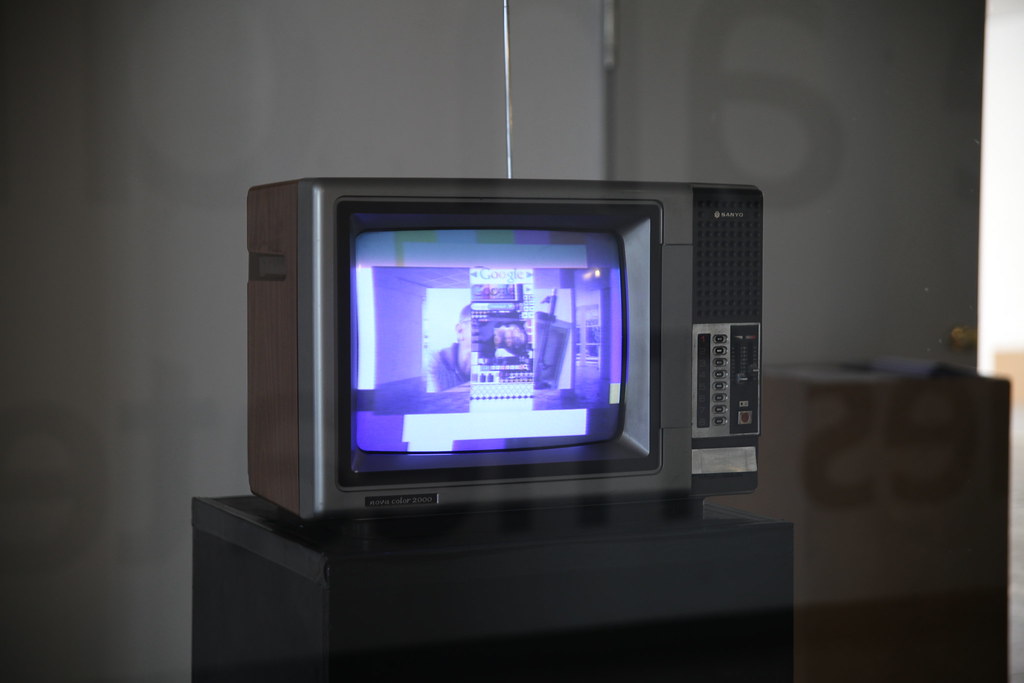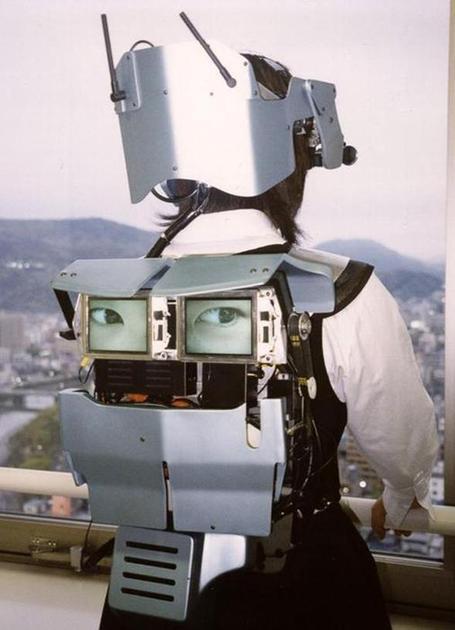
QUBIT AI: Dallaserra Maxime
Journey of Life
FILE 2024 | Aesthetic Synthetics
International Electronic Language Festival
Dallaserra Maxime – Journey of Life – France
Journey Of Life was triggered by the death of the artist’s grandmother. There is a message of resignation and optimism in the face of adversity in this work. However, he decided to portray the life of a young man in a futuristic city. The video is rich in details. The strength of artificial intelligence lies in its ability to allow this profusion of images, which would otherwise require the artist an incomparable amount of time to produce.
Bio
Maxime Dallaserra is an electronic music composer who always wanted to produce a comprehensive audiovisual work. In addition to his music creation activities, he managed to create live shows with video projections, accompanied by a team. At the same time, he began broadcasting his creations. With the arrival of artificial intelligence, he found ways to enhance and realize his artistic vision, leading to the creation of Journey of Life .



